
Composition and Properties of Drilling and Completion Fluids (PDF/EPUB Version)
$18.99
The petroleum industry in general has been dominated by engineers and production specialists. The upstream segment of the industry is dominated by drilling/completion engineers. Usually, neither of those disciplines have a great deal of training in the chemistry aspects of drilling and completing a well prior to its going on production. The chemistry of drilling fluids and completion fluids have a profound effect on the success of a well. For example, historically the drilling fluid costs to drill a well have averaged around 7% of the overall cost of the well, before completion. The successful delivery of up to 100% of that wellbore, in many cases may be attributable to the fluid used.
Considered the “bible” of the industry, Composition and Properties of Drilling and Completion Fluids, first written by Walter Rogers in 1948, and updated on a regular basis thereafter, is a key tool to achieving successful delivery of the wellbore.
In its Sixth Edition, Composition and Properties of Drilling and Completion Fluids has been updated and revised to incorporate new information on technology, economic, and political issues that have impacted the use of fluids to drill and complete oil and gas wells. With updated content on Completion Fluids and Reservoir Drilling Fluids, Health, Safety & Environment, Drilling Fluid Systems and Products, new fluid systems and additives from both chemical and engineering perspectives, Wellbore Stability, adding the new R&D on water-based muds, and with increased content on Equipment and Procedures for Evaluating Drilling Fluid Performance in light of the advent of digital technology and better manufacturing techniques, Composition and Properties of Drilling and Completion Fluids has been thoroughly updated to meet the drilling and completion engineer’s needs.
- Explains a myriad of new products and fluid systems
- Cover the newest API/SI standards
- New R&D on water-based muds
- New emphases on Health, Safety & Environment
- New Chapter on waste management and disposal
eBook features:
- Highlight, take notes, and search in the book

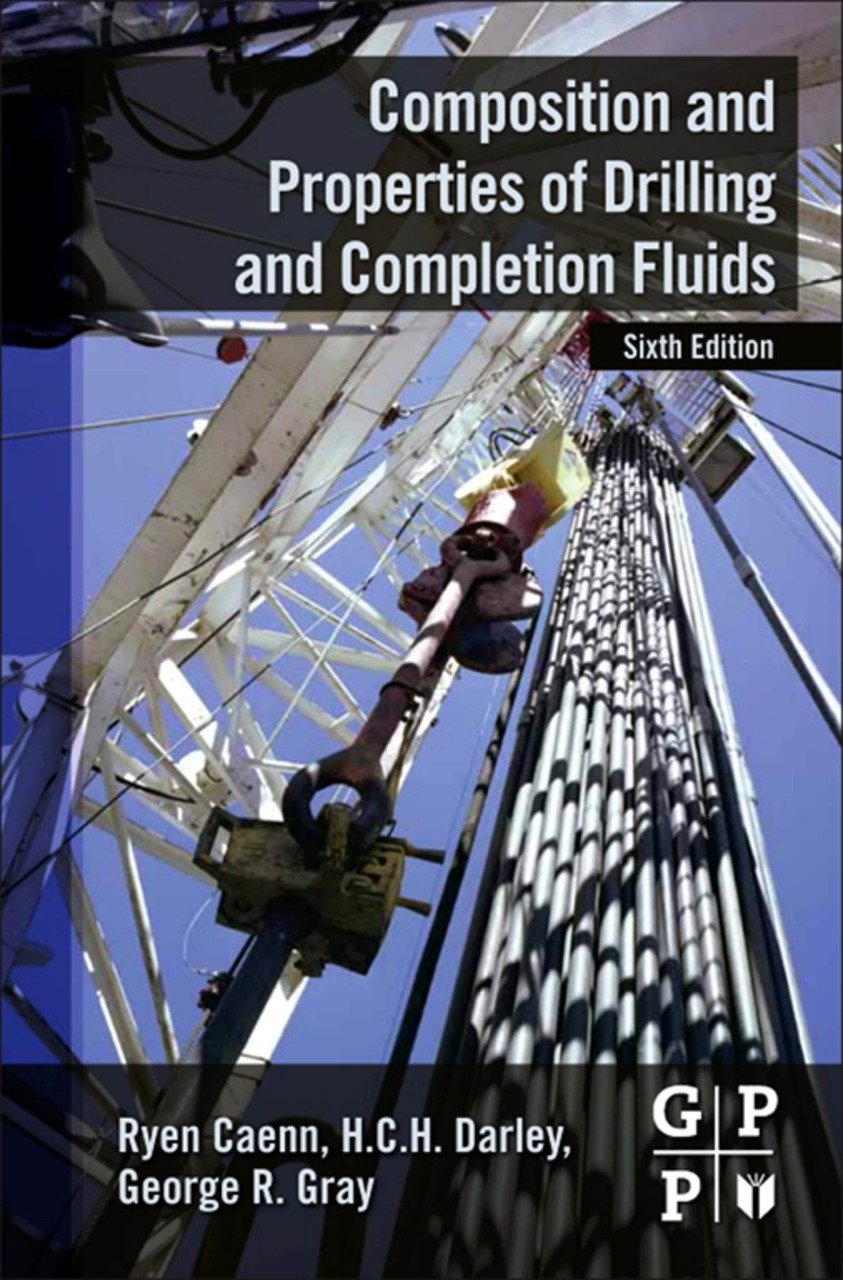
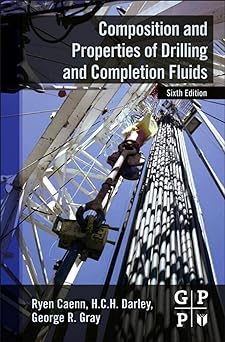
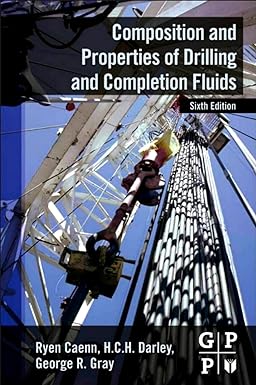
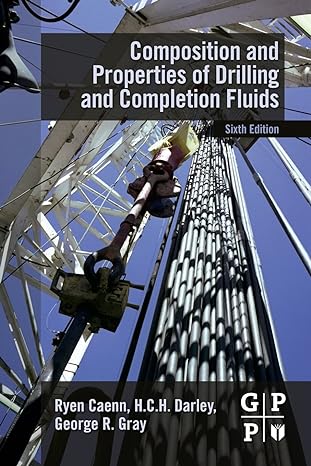

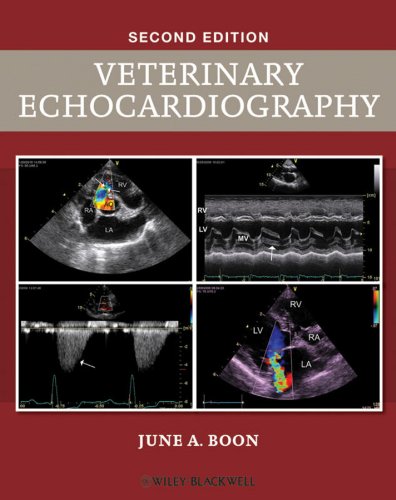
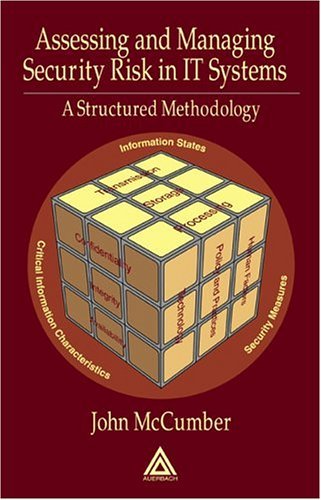
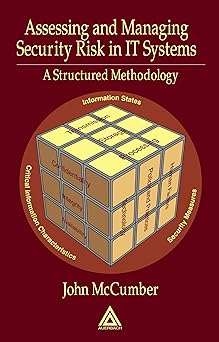
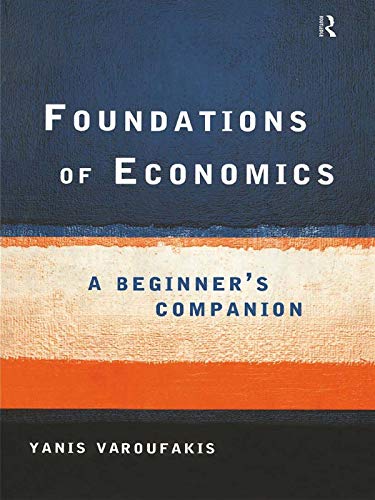
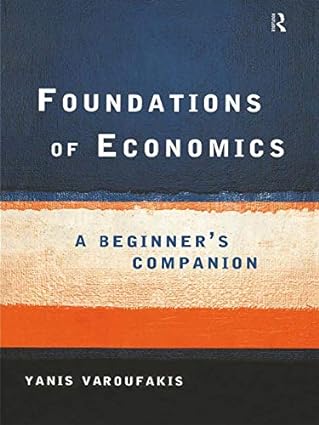






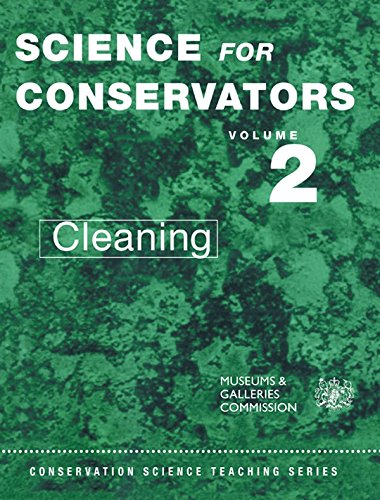
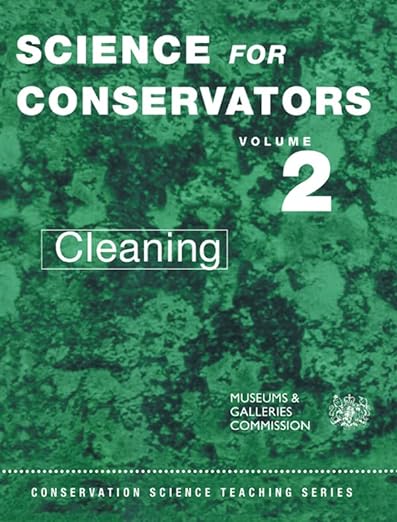
_ks1bb9fllq.jpg)
_md1sivs3ar.jpg)

